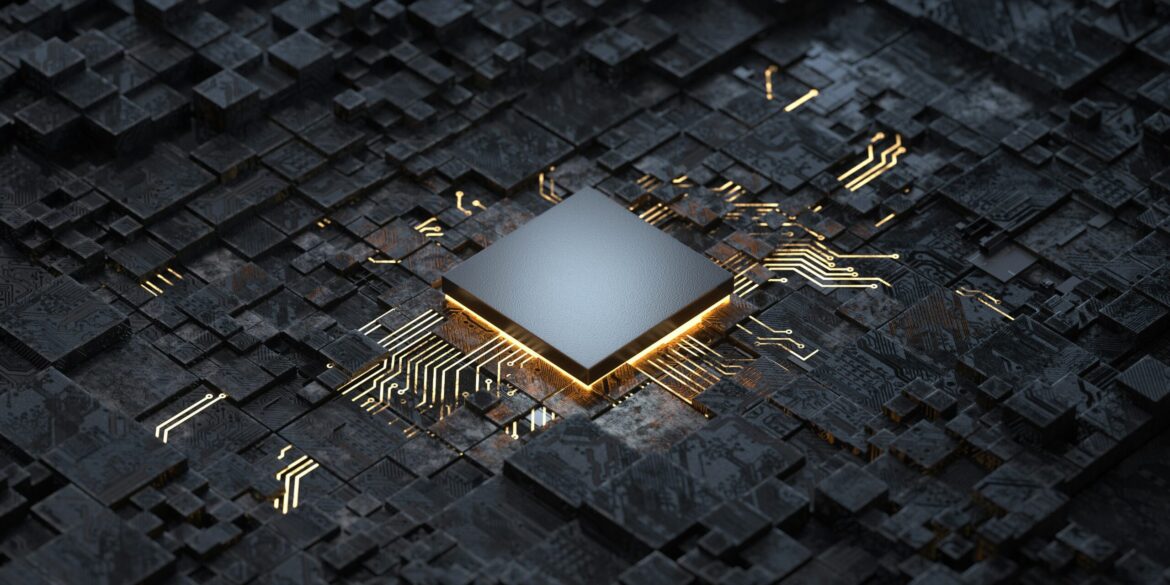At the ITF World 2025 conference held in Antwerp, Belgium, Luc Van den hove, CEO of imec, unveiled a groundbreaking vision for the future of artificial intelligence (AI) hardware. The international semiconductor research and development organization is shifting the focus of AI chip development from raw power to flexibility, proposing a new, highly adaptive, and energy-efficient architecture designed to meet the rapidly evolving needs of AI technologies.
AI Hardware Development Faces Growing Challenges
The semiconductor industry is currently grappling with the limits of traditional chip design. With AI’s increasing demand for powerful computing capabilities, existing hardware solutions are struggling to keep up. Conventional approaches have largely focused on maximizing raw processing power. However, this has led to unsustainable energy consumption and long development cycles. Furthermore, AI algorithms continue to evolve at a rapid pace, making it increasingly difficult to design hardware that remains useful for the long term.
In a keynote address at the conference, Van den hove emphasized the critical need for reconfigurable chip architectures that allow for quick adaptation to changes in AI algorithms and requirements. “Current practices, where chips are designed to meet specific needs, are becoming obsolete,” he said. “The future of AI hardware lies in flexibility and modularity.”
Modular “Supercells” to Drive Flexibility
Imec’s solution to this challenge involves a revolutionary chip architecture built on the concept of modular “supercells.” These supercells are small, self-contained units of logic and memory, connected via a high-performance network-on-chip. This modular approach allows each supercell to be reconfigured to adapt to different AI algorithms, making it easier to upgrade and modify the chip’s capabilities as AI technology advances.
This is in stark contrast to the current trend of companies like OpenAI, which have focused on developing bespoke hardware tailored to specific use cases. While custom hardware can offer immediate performance improvements, it lacks the flexibility needed to keep pace with rapid advancements in AI. The modular supercell design, by contrast, offers both scalability and adaptability, which are crucial for meeting the long-term needs of AI technologies.
Van den hove explained that this new chip architecture is not just about meeting the needs of large language models (LLMs) like OpenAI’s GPT-4. Rather, it is designed to accommodate a wider range of AI applications, including agentic AI (AI capable of taking autonomous actions) and physical AI used in autonomous vehicles, robotics, and healthcare applications.
Three-Dimensional Stacking: Pushing the Limits of Semiconductor Manufacturing
Another key feature of imec’s new AI chip design is the integration of three-dimensional (3D) stacking of logic and memory layers. This technique involves stacking multiple layers of semiconductor material on top of each other, which increases the overall density and performance of the chip while maintaining energy efficiency. This method has been a focus of imec’s research for years, and its implementation in this new chip architecture represents a significant leap forward.
3D stacking is particularly important for AI applications, where memory bandwidth and data access speed are critical. By stacking memory and logic layers, imec can significantly reduce the distance between processing units and memory, improving data throughput and reducing latency. This innovation has already been adopted by some of the biggest players in the semiconductor industry, including TSMC and Intel, further validating imec’s leadership in this field.
Shaping the Future of AI at ITF World 2025
The ITF World 2025 conference, which brought together more than 2,000 industry leaders, researchers, and policymakers, served as an ideal platform for imec to present its vision of the future of AI hardware. The event featured cutting-edge technologies, with dedicated tracks on topics such as NanoIC (nanoscale integrated circuits) and deep-tech venturing, which are key to advancing next-generation chip technologies.
The conference also included discussions on the European Union’s “Chips Act,” a policy initiative designed to promote semiconductor innovation and manufacturing within Europe. As part of its broader strategy, imec has positioned itself as a central player in the EU’s efforts to reduce dependency on non-European chip manufacturers and strengthen the region’s technological sovereignty.
Europe’s Growing Role in AI Hardware Innovation
Imec’s work is closely aligned with broader European efforts to build a competitive edge in the global semiconductor market. Through collaborative research initiatives and strategic investments in AI hardware, Europe aims to challenge the dominance of established tech giants based in the United States and Asia. With the global AI market expected to grow exponentially over the coming years, the ability to develop and produce state-of-the-art AI hardware will be a crucial factor in determining which regions emerge as leaders in the AI revolution.
The new modular chip architecture and 3D stacking techniques proposed by imec are expected to play a pivotal role in shaping the future of AI hardware, both within Europe and globally. By focusing on flexibility, scalability, and energy efficiency, imec is positioning itself as a leader in next-generation semiconductor technologies that will support a wide array of AI applications—from healthcare to autonomous vehicles and beyond.
A Forward-Looking Vision for AI Hardware
Looking ahead, imec’s programmable AI chip architecture could play a transformative role in the continued evolution of AI. As the demand for more sophisticated AI systems grows, traditional chip designs will no longer suffice. Instead, new approaches like those proposed by imec—focused on adaptability, energy efficiency, and rapid reconfigurability—will be essential for keeping pace with the accelerating pace of AI innovation.


